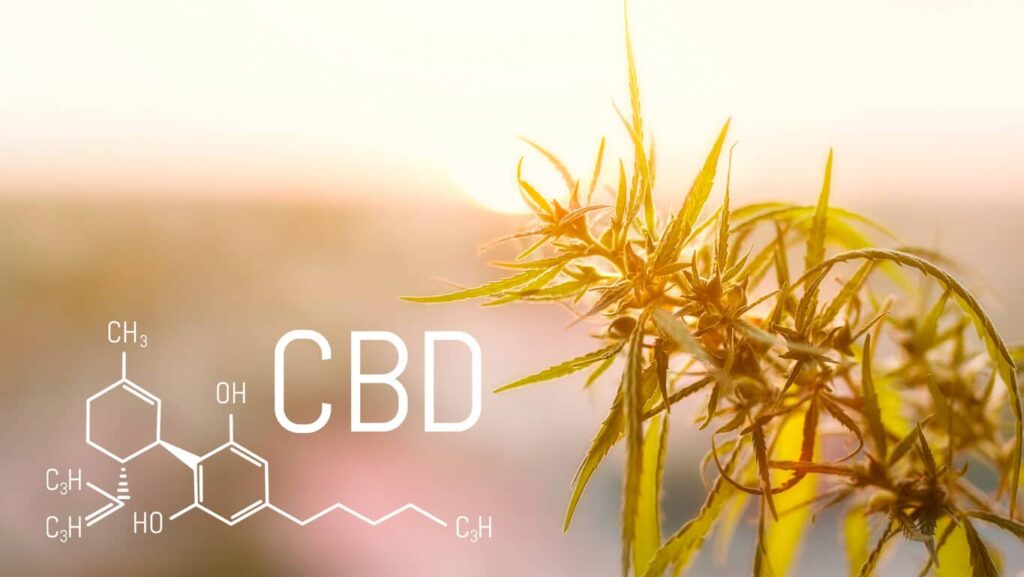
CBD, one of the main cannabinoids found in the cannabis plant, has a long and interesting history of human use, with the first documented use of cannabis-derived medicine dating back to 2737 BC, when Chinese Emperor Sheng Nung used cannabis-infused tea for a variety of ailments, including malaria, rheumatism, and gout. More recently, at the turn of the 20th century Queen Victoria is believed to have used CBD to alleviate menstrual cramps during her reign.
Despite these historical examples, decades of cannabis prohibition darkened public perception of CBD, and it’s understandable that many assume that the potential therapeutic benefits of CBD are a recent discovery. However, as Emperor Nung and Queen Victoria would probably argue – that’s simply not the case.
It wasn’t until 1839 that Irish medical researcher, William B. O’Shaughnessy, published a study which investigated the plant’s potential therapeutic effects; exploring the basic effects of cannabis and thoroughly describing its potential medical applications, particularly as an anaesthetic.
And while it was controversial at the time, O’Shaughnessy’s study inspired other scientists to consider cannabis’s medical applications.
Prior to research into CBD, however, cannabis was mainly in demand for its THC potency, prompting generations of breeders to cultivate cannabis strains for maximum THC – the plant’s psychoactive agent.
However, when breeders started testing cannabis strains using gas chromatography, they soon realised they had unknowingly been breeding CBD out of the gene pool; prompting researchers to shift their focus to the potential medical benefits of CBD.
Advancements in research and technology soon revealed the presence of compounds in cannabis. Robert S. Cahn discovered CBN in 1940, and two years later, Roger Adams isolated the first cannabinoid, CBD. Later, Adams’ research uncovered THC as well.
Before these discoveries, scientists had a limited understanding about the structure of cannabinoids. In 1964, Raphael Mechoulam disassociated CBD from being a mind-altering compound, and the stigma surrounding CBD could have started to lift. In 1980, Mechoulam conducted a study on the application of CBD for the treatment of epilepsy. After administering 300mg of CBD to a group of 8 people for four months, half the subjects’ seizures ceased, while the others’ experienced a dramatic decline. However, due to stigma, these discoveries weren’t publicised.
In 1996, The Compassionate Use Act was passed in California and interest in CBD started growing steadily. Two years later, the British government licensed a pharmaceutical company to develop a precise and consistent extract for use in clinical trials after convincing the home office that they could produce a cannabis-based medicine with little or no psychoactive effect.
Meanwhile, breeders from around the world started experimenting more with CBD rich cannabis strains, and in 2009 some of the first ever high CBD strains were tested using gas chromatography.
Stephen DeAngelo, head of the Harborside Health Centre in California, urged two former cannabis growers to master the techniques of gas chromatography because every analytical laboratory in the area refused to test Harborside’s cannabis content.
‘For the first time in the history of human cannabis consumption, consumers will be provided a scientific assessment of the safety and potency of products prior to ingesting them’ he said in 2009.
A decade earlier, journalist Fred Gardner began reporting on CBD and later founded Project CBD – a non-profit online resource dedicated to promoting and publicising research into the medical uses of CBD.
Gardner asked growers to let him know whenever a plant tested high in CBD – which was only a handful of times. Each time he would meet with them to encourage them to keep propagating the plant from which the sample came. Understandably, this was a tough sell at the time because users were perceived as euphoria or sedation seekers.
Eventually, breeding strains that were ‘stabilized’ and consistently high in CBD were being produced – CBD to THC ratios ranged between 1:1 and 18:1.
Fuelled by the legalization movement in the US, CBD cannabis cultivation underwent a shift from breeding for extraction to breeding for high CBD for cannabis smokers who seek strains that are diverse in their cannabinoid ratios.
CBD products such as oils, e-liquids, balms, and more are now available in markets all across the world and CBD is reaching a bit of a cultural climax.
While the perception towards CBD has progressed dramatically over the years, it’s still not fully normalized globally and there are still many who stand in opposition to CBD and other cannabis-derived compounds.
In order for CBD to reach its full potential and change the lives of as many people as possible, there’s still more work that needs to be done. While there are plenty of challenges ahead, the strength of the CBD community has shown that a more CBD-tolerant future is more than achievable.
Please note: This blog post reflects historical data predating recent changes in cannabinoid laws, medical cannabis regulations, and some of our best CBD product names, strengths, and formulations. These historical blogs remain as a reference post our website update, but they might contain outdated information. Discover our updated CBD and legal cannabinoid products for the best CBD experience.